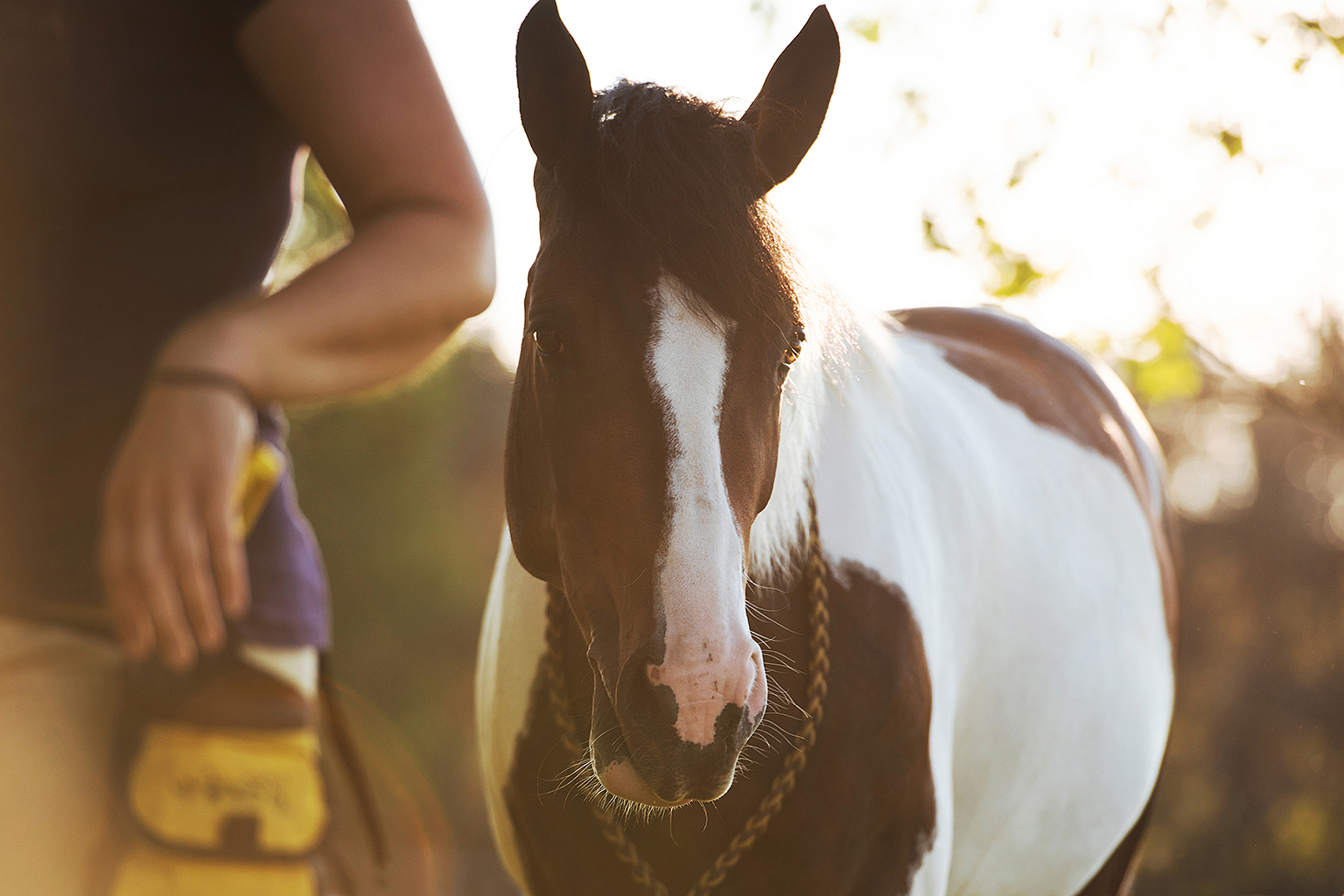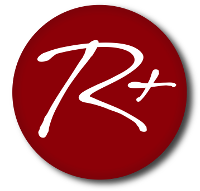The unintentional tertiary reinforcer

The click look 🙂
When training with human-horse-teams, I always try to find out through observation where intervention is needed the most so that possible sources of error as well as yet unexploited potential can be better understood. At first glance, RPlus training appears rather straightforward and simple. On closer inspection, however, smaller obstacles but also its full range of possibilities are revealed. Initially, each clicker trainer is taught to pay attention to good timing in order to not miss any opportunity for clicking when a desired behavior is performed. The secondary reinforcer, in this case the click, follows as quickly as possible after the desired behavioral response, and the primary reinforcer, the treat for example, comes directly after this… so much for the theory.
When looks become fatal
Theoretically speaking, there is an endless amount of different reinforcers because one reinforcer always announces the next one. So, there are not simply secondary and primary reinforcers but there is a wide range of them. Especially, tertiary reinforcers, the ones announcing the secondary reinforcer, in this example a click, are for me worth a more intensive look during training. Many participants of my training sessions focus so intensively on becoming as adept in clicking as possible, so that they do not notice how intensely they stare at their horses or at a specific body part of their horse when they click. From the horse’s point of view this means that there will never be a click if the person averts his or her view or looks somewhere else altogether. This specific click look then becomes a tertiary reinforcer.
Far-reaching consequences
One widespread, possible consequence of this unintentional reinforcement can be that our horse starts bringing itself into the human’s focus. So, many problems that arise from apparent courtesy are not problems in a true sense but reflect widespread mistakes humans make in training. This is because the horse has not learned that it can also pay off to not be in the human’s focus of attention. This tertiary reinforcer is so extremely powerful that many horses continuously try to create a situation that includes visual contact, and thus results in a click and a subsequent treat. Soon it is almost impossible to not continuously observe your horse when it is in training mood.

One approach to solve this issue
For this reason, it is highly important for me to consciously include exercises that involve situations where the human does not look at the horse. For example, you can walk around your horse when it stands on a mat or any other stationary target, and you intentionally click whenever there is a situation in which you turn or walk away from your horse. So, the horse gradually learns that intense observation by the human does not influence the chances for receiving a click but that clicks can also happen in moments where there is no apparent observation.
Marlitt Wendt & Conny Ranz


